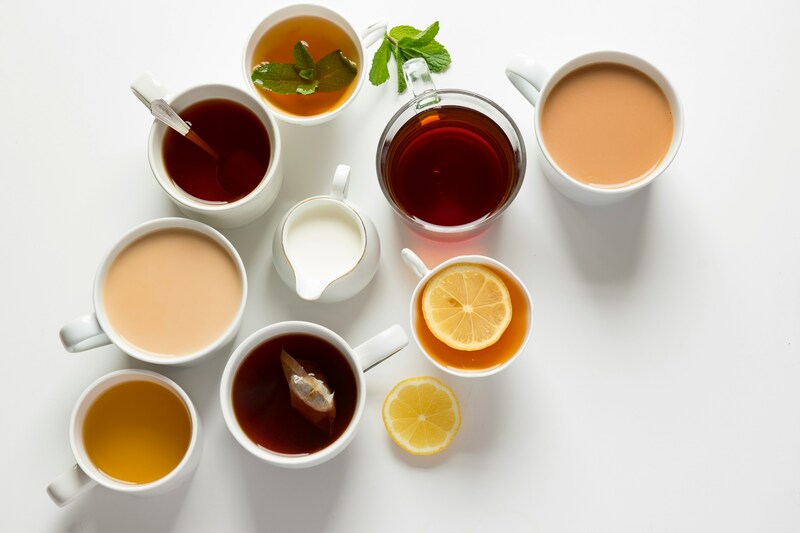LandScale – led by the Rainforest Alliance, Verra and Conservation International – aims to help solve a range of complex environmental and social challenges by generating trusted landscape-level insights that can align and incentivise local and global action to deliver sustainability at scale. But why is it required, how will it work and what does it hope to achieve? Innovation Forum spoke to RA’s chief programme officer Nigel Sizer
IF: You have just published the 0.2 version of LandScale. What exactly is LandScale and what is it specifically setting out to achieve?
NS: LandScale is a new approach to drive improvements in sustainability at scales beyond a single community, farm or project. It provides an impartial, holistic, and globally recognised system for assessing the cumulative impact of activities within landscapes. It covers environmental, social, economic and governance aspects.
We need processes that can make trusted information about landscape sustainability performance more widely available so it can be taken into account in management, investment and sourcing decisions, driving incentives and action that delivers impact at scale.
NGOs, the private sector, donors, and governments working at the landscape level can use LandScale to track trends, make decisions, and credibly communicate about impact. By making reliable information about landscape performance widely available, LandScale helps link financial and market incentives to improvements in sustainability at landscape scale.
Scalability of impact has been a primary challenge for everyone concerned with sustainable commodity supply chains and landscapes. Why do you think this is still the case?
NS: It’s partly because efforts to date have been siloed, whether by commodity, by sector, or by stakeholder group.
We need common language and approaches that can be used to understand the issues, track progress and align incentives to deliver improvements in sustainability at scale. This is a gap that we hope to bridge using LandScale.
If landscape partners can more consistently measure and report on their progress, then they can also better understand which approaches are working well and build on those to more quickly scale up progress.
Why do we need an initiative like LandScale now?
Current efforts to reverse declines in ecosystem health while improving the wellbeing of our growing population are not advancing at the pace or scale we need. We need tools to help us think bigger, measure and report on progress and collaborate.
How has the LandScale project evolved since you launched the 0.1 version just over a year ago? What’s new in the latest version?
We incorporated feedback from a global public consultation and field testing in Ghana, Costa Rica, Peru and Guatemala to make the assessment framework and guidelines more relevant and practical. We also developed new guidance on verification and claims.
What are the key steps for using LandScale?
First, it’s about tailoring the assessment framework to your landscape. We offer step-by-step guidance for conducting a LandScale assessment, including direction on defining the boundary of a landscape, selecting relevant indicators and performance metrics, and collecting data and reporting results.
Then, it’s about communicating the results to key stakeholders. One way to do this is via the online reporting platform, available from mid-2021, that facilitates the assessment process for users and publicises assessment results to decision-makers such as commodity buyers, investors and governments.
LandScale will also provide a verification mechanism, enabling credible and transparent claims about landscape performance, and a specific organization’s contribution to or association with the landscape.
What are the costs likely to be involved in the process? And, what are the benefits you expect?
The main cost will be the time spent conducting each landscape assessment. But there are numerous benefits. LandScale can catalyse collective cross-sectoral action by providing a common understanding of the issues. It can also help companies and organisations to communicate impact in a way that is credible and resonates with a wide range of stakeholders. This will help to strengthen support for their work from stakeholders within and outside of the landscape – for example, by unlocking innovative financing mechanisms or strengthening commodity sourcing relationships.
What’s the timeframe moving forwards from now?
Over the coming months, we’ll be field-testing version 0.2 with organisations in landscapes around the world. Version 1.0 of the assessment framework and guidelines on assessment, verification and claims will be fully launched and available for wider use by the second half of 2021.
The LandScale reporting platform will also be launched mid-2021, and we will be working with our pilots to demonstrate examples of market and financial incentives that can be unlocked by LandScale assessments results.
LandScale version 0.2 was released on October 27th. Visit www.landscale.org for more information.
LandScale was a sponsor of Innovation Forum’s sustainable commodities and landscapes conference.
